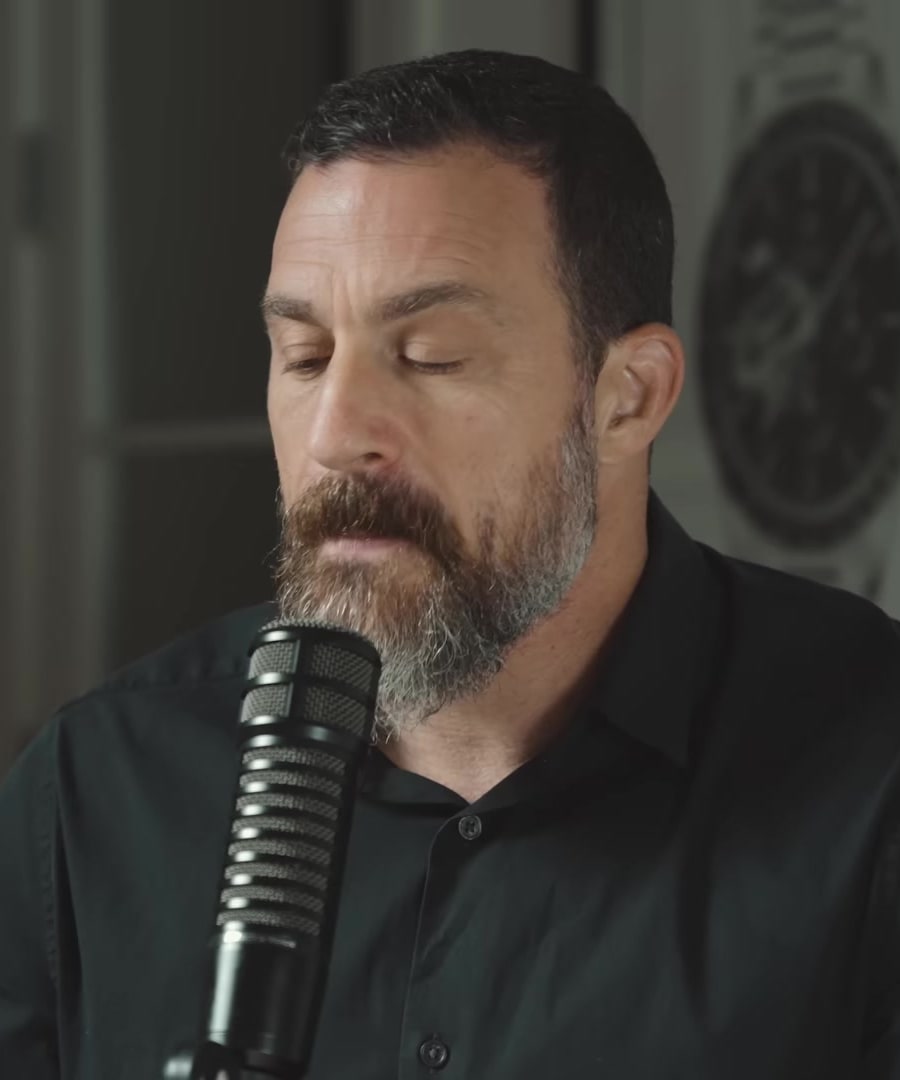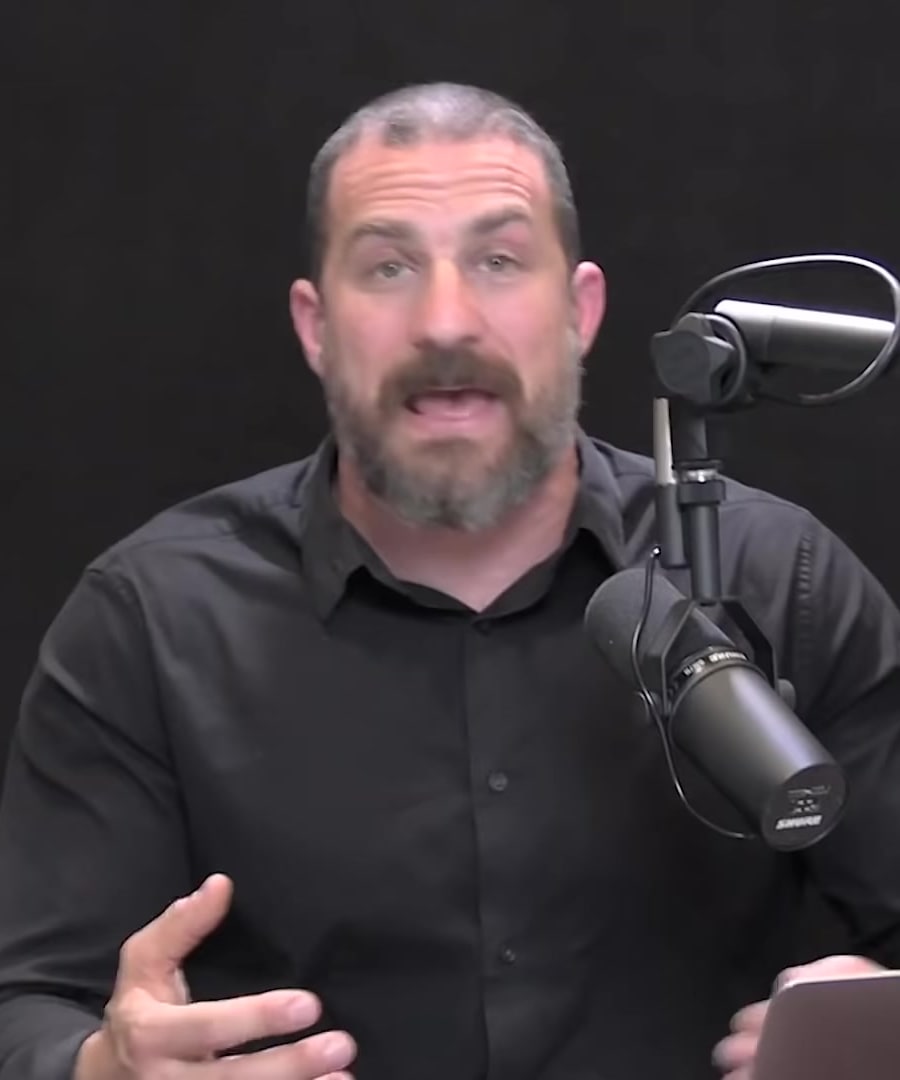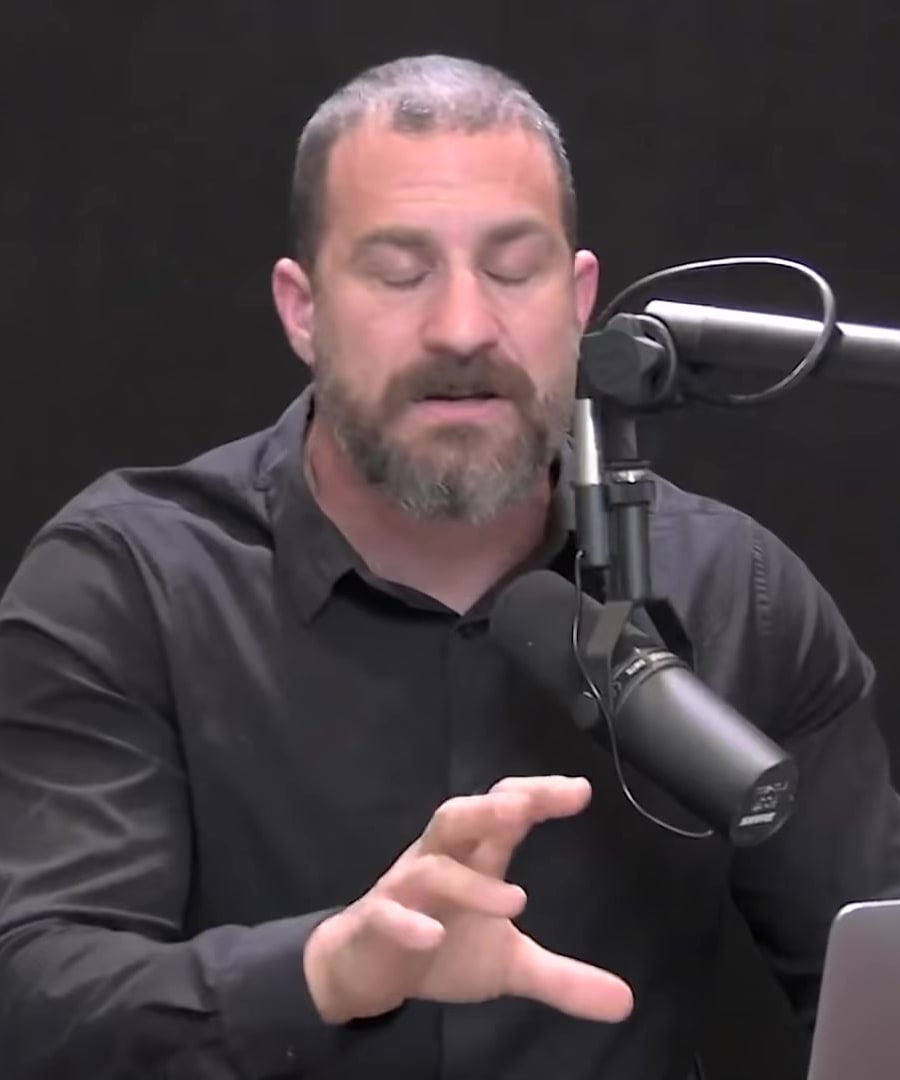Light protocol for season depression disorder In cloudy region
Sources:
Bright light exposure in the morning is an established treatment for Seasonal Affective Disorder (SAD), which is common during shorter days in fall and winter. To combat SAD, individuals are often advised to use SAD lamps that emit more than 10,000 lux of light, especially in the morning. These lamps can be placed on a kitchen counter or a desk to ensure the person gets a substantial amount of bright light 1.
The effect of light on mental health is complex but well-understood. A set of cells in the retina known as intrinsically photosensitive retinal ganglion cells, or melanopsin ganglion cells, respond to bright light and signal the brain to adjust mood and circadian rhythms. On a sunny day, the sun can provide over 100,000 lux and even on a cloudy day outdoor light can be around 100,000 lux, which might not always seem that bright due to diffuse cloud cover 2.
Although an individual's response to light can vary, receiving more UVB exposure from sunlight throughout the year, and particularly in the morning and several times a day even when it's overcast, is generally beneficial for mood and health 3. If it's not possible to get outside, or if it's particularly overcast, you might consider looking at a bright light source more frequently during the day 4.
Those with full-blown SAD or just sensitivity to the effects of light might benefit from keeping a light source like a SAD lamp or an LED lighting panel on throughout the day, throughout the year, to trigger positive effects on mood and circadian rhythm 4.
Please note that this information relates to common practices and understanding regarding light therapy for SAD and should not replace personalized advice from a healthcare professional.
RELATED QUESTIONS
Light protocol for season depression disorder In cloudy region
- RELATED QUESTIONS



